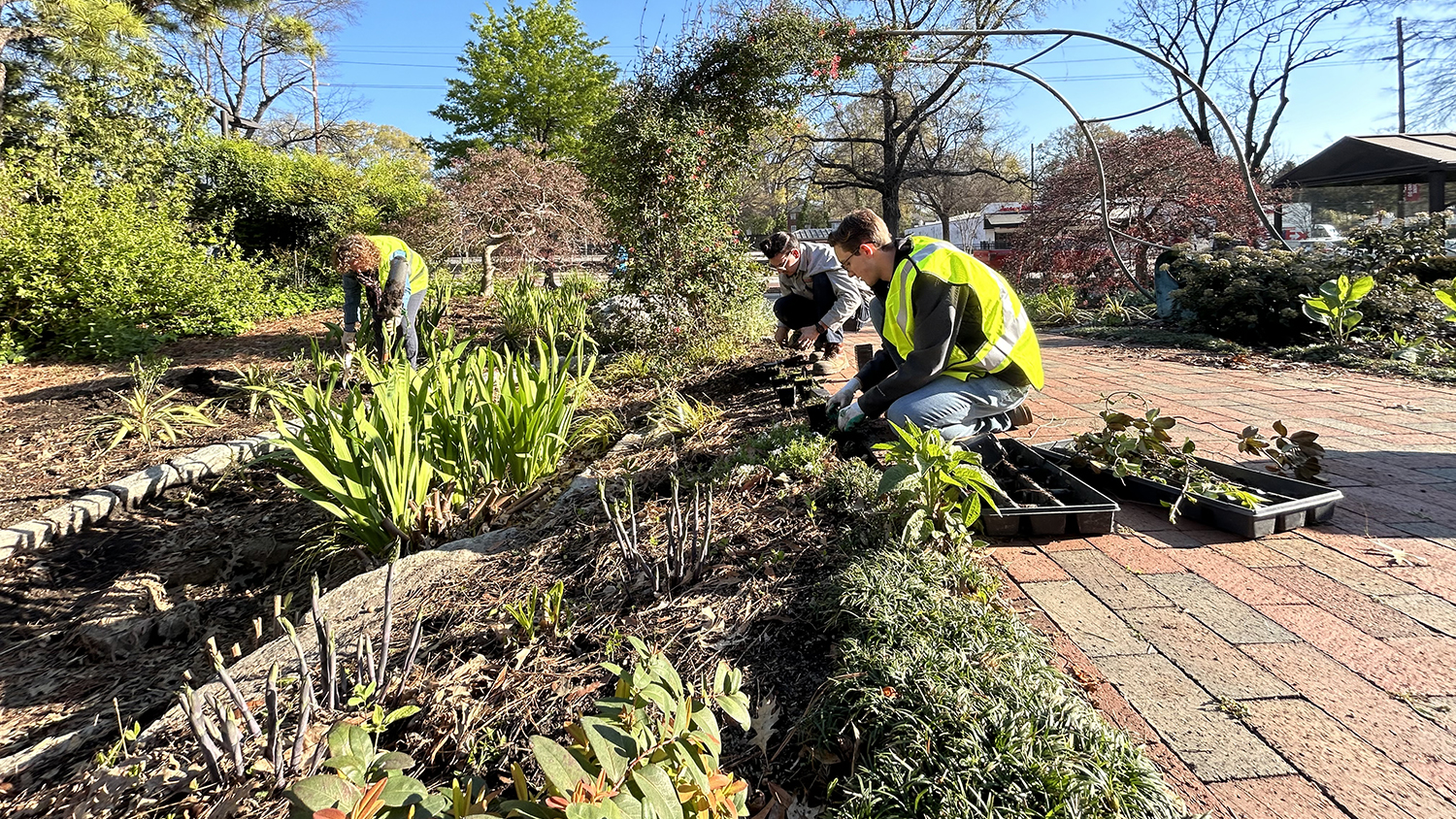Entomologists combat fruit-damaging fly
From the first swelling of fruit in a blueberry field to the moment a consumer savors the finished product, the quality of that berry should remain high. North Carolina’s $66 million blueberry industry is determined to keep it that way, and farmers spent an extra $36-54 per acre on pesticides alone in 2012. An emerging threat to the state’s $104.6 million small fruit industry, including raspberries, blackberries, blueberries, and strawberries, is a tiny fly from Asia known as spotted wing drosophila. NC State University’s Dr. Hannah J. Burrack spoke about her research on SWD detection and management in a recent webinar hosted by Marron Bio Innovations.
Unlike its native cousins, the adult SWD lays its eggs in ripe or ripening fruit rather than fruit that’s already rotting. Maggots eat away at the fruit as they develop inside, softening it and making it inedible. North Carolina’s caneberry crops — blackberries and raspberries — have received the heaviest blow from SWD. The $14.3 million industry lost 15 percent of its crop in 2012.
SWD has hindered another berry as well: blueberries. In North Carolina, growers produce 13 times more acres of blueberries than caneberries, and the 2012 crop loss of 1-2 percent damaged a volume of blueberries nearly equal to that of caneberries. The added cost of pesticides to prevent greater damage to blueberry crops means lower profits for growers.
In any war against pests, the first step is finding out exactly what you’re fighting, Burrack said. To identify whether the flies you see are the mild-mannered natives or the invasive SWD, the first step is to trap a bunch of flies. Burrack found that commercially available traps are less effective than new designs she and others are developing. However, none of the traps used were specific to SWD: less than half of the flies found in each trap were the target species. A good trap is key to determining if SWD will be a problem this season. The attractiveness of the bait used in traps is also important, even more than trap selection, Burrack noted. Considering SWD’s penchant for fresh fruit, the most effective SWD bait is one that is, oddly enough, fermenting.
Once an infestation’s likelihood has been confirmed, pesticide choice is critical. The other speakers featured in the webinar, Dr. Cesar Rodriguez-Saona of Rutgers School of Environmental and Biological Sciences and Dr. Richard S. Cowles of Connecticut Agricultural Experiment Station Valley Laboratory, discussed this aspect of the fight for fresh fruit.
For now, SWD research appears to be paying off. In 2012, North Carolina farmers lost about $3 million due to SWD, but reports of SWD have decreased over the past year. Still, the reliance on pesticides depreciates returns as the insect develops resistance to the synthetic and organic pesticides commonly used against it. Entrust is the only organic pesticide shown to be effective against SWD, making Cowles’ and Rodriguez-Saona’s research on pesticides more crucial.
— Julie Long
Summer intern, N.C. Agricultural Research Service


